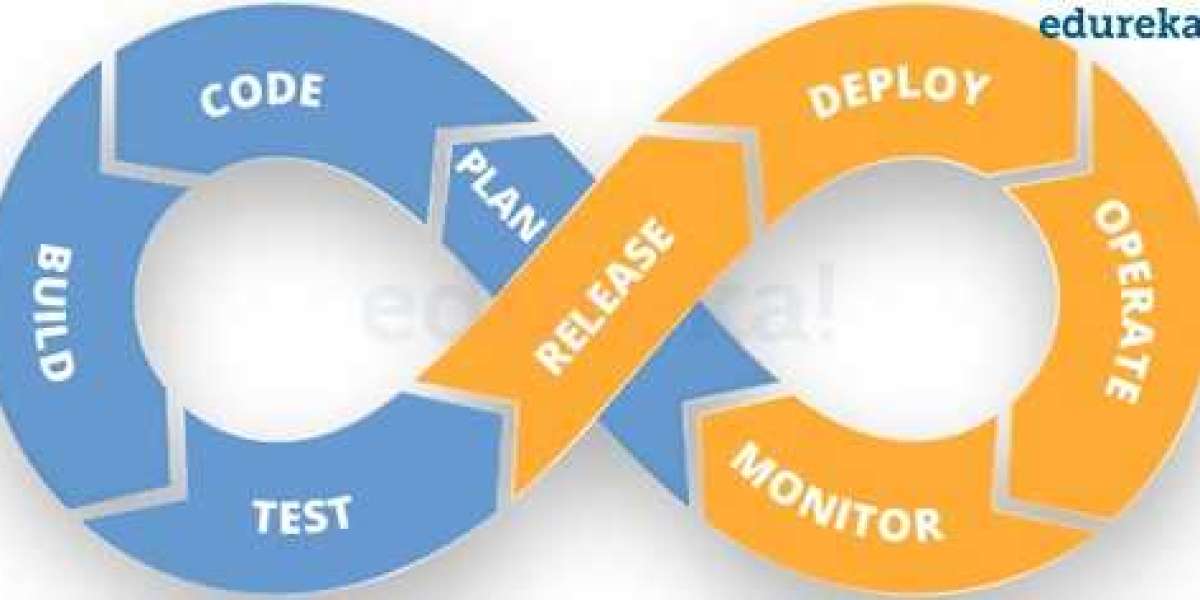Canary deployment is a strategy used in DevOps and software delivery to minimize risk when releasing new software updates or features. It involves releasing a new version of an application to a subset of users or servers, carefully monitoring its performance, and gradually expanding its deployment to a wider audience if it proves to be stable and error-free.
This approach takes inspiration from the idea of using canaries in coal mines to detect dangerous gases; if the canary showed distress, it signaled potential danger, allowing miners to take precautions. Similarly, in software deployment, the "canary" release helps detect issues before they affect the entire user base. Apart from it Apart from it by obtaining DevOps Course, you can advance your career in DevOps. With this course, you can demonstrate your expertise in Power BI Desktop, Architecture, DAX, Service, Mobile Apps, Reports, many more fundamental concepts, and many more.
Key Principles of Canary Deployment:
Incremental Rollout: Canary deployments start by releasing the new version to a small, controlled subset of users or infrastructure. This initial group serves as the "canary" in the coal mine.
Monitoring and Validation: During the canary phase, extensive monitoring and validation are essential. Metrics related to performance, errors, and user feedback are closely tracked to ensure the new version is functioning as expected.
Automated Rollback: If issues are detected during the canary phase, automated rollback mechanisms should be in place to revert to the previous version quickly, minimizing impact.
Gradual Expansion: If the canary release is successful and stable, the deployment is gradually expanded to a larger audience or infrastructure, ensuring that the new version is thoroughly tested and validated at each step.
Feedback Loops: Feedback from users, automated testing, and monitoring systems play a crucial role in determining the success of the canary deployment. This feedback informs decisions about whether to proceed with the rollout.








